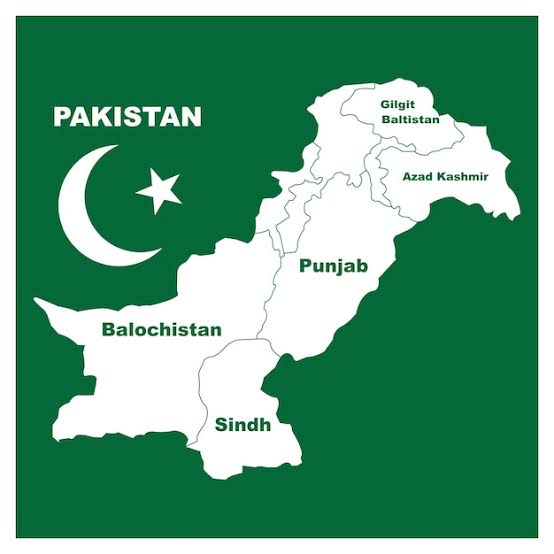Pakistan’s administrative structure comprises 38 divisions spread across its four provinces—Punjab, Sindh, Khyber Pakhtunkhwa (KP), and Balochistan—and two autonomous regions, Azad Jammu and Kashmir (AJK) and Gilgit-Baltistan (GB).
Each province is divided further into districts, tehsils, and union councils, forming a complex network that helps govern and deliver services to the nation’s over 220 million people. Punjab has 8 divisions, Sindh 5, KP 7, Balochistan 6, AJK 3, and GB 3, all forming a framework essential for the country’s administration.
However, given the population and diversity within these areas, many argue that restructuring these provinces into smaller units could enhance governance, increase representation, and foster regional development.
This restructuring has potential benefits, especially in terms of granting greater provincial autonomy. Smaller provinces could allow for more effective political, economic, social, and administrative governance by focusing more directly on regional needs.
The idea of creating additional provinces draws strength from comparisons between Pakistan’s provinces and other nations.
Punjab’s population, for instance, exceeds that of the Philippines (116.1 million), Sindh has more people than Sri Lanka (23.1 million), and KP’s 40.9 million population outnumbers that of Austria (9.1 million).
These comparisons highlight the magnitude of the population each province governs and the diverse needs within.
Globally, many countries have undergone administrative restructuring to promote efficient governance and better regional representation.
Kenya, for example, implemented devolution in 2013, dividing into 47 counties; South Sudan restructured into 32 states in 2015; and India formed Telangana in 2014 to address regional demands.
Other countries like the Philippines, Indonesia, Somalia, and the Democratic Republic of Congo are either undergoing or considering similar reforms.
These cases provide international precedent for Pakistan’s exploration of creating new provinces, indicating that smaller, more manageable regions often allow for improved governance, local representation, and focused socio-economic policies.
Proposals for new provinces in Pakistan often suggest regions like South Punjab, Hazara, the former FATA, Seraiki, Karachi, and Gilgit-Baltistan, each with distinct cultural, economic, and historical backgrounds that could justify independent administrative status.
New provinces could also consider factors like geographical size, population, historical and cultural identity, economic viability, security conditions, and ethnolinguistic diversity.
The argument is that restructuring around these factors would result in administrative units better suited to address local challenges and foster development.
A gradual, phase-wise approach to this process would likely yield the best results, allowing local governments to adapt and gain control over finances and resources.
Such a method would reduce the risk of disruption while ensuring that new provinces can develop robust administrative structures.
Smaller provinces would likely experience a boost in accessibility to government services and funds, as local administrations would be more attuned to the specific needs of their populations.
By focusing on regions like South Punjab, Hazara, FATA, Seraiki, Karachi, and potentially recognizing GB as a province, Pakistan could embrace a transformative shift in governance.
This step could empower regions to manage their unique challenges independently, leading to a stronger, more cohesive nation where diverse voices are represented more accurately in the political framework.
Through carefully planned administrative reform, Pakistan can improve resource allocation, foster development, and build a more inclusive and responsive government.


